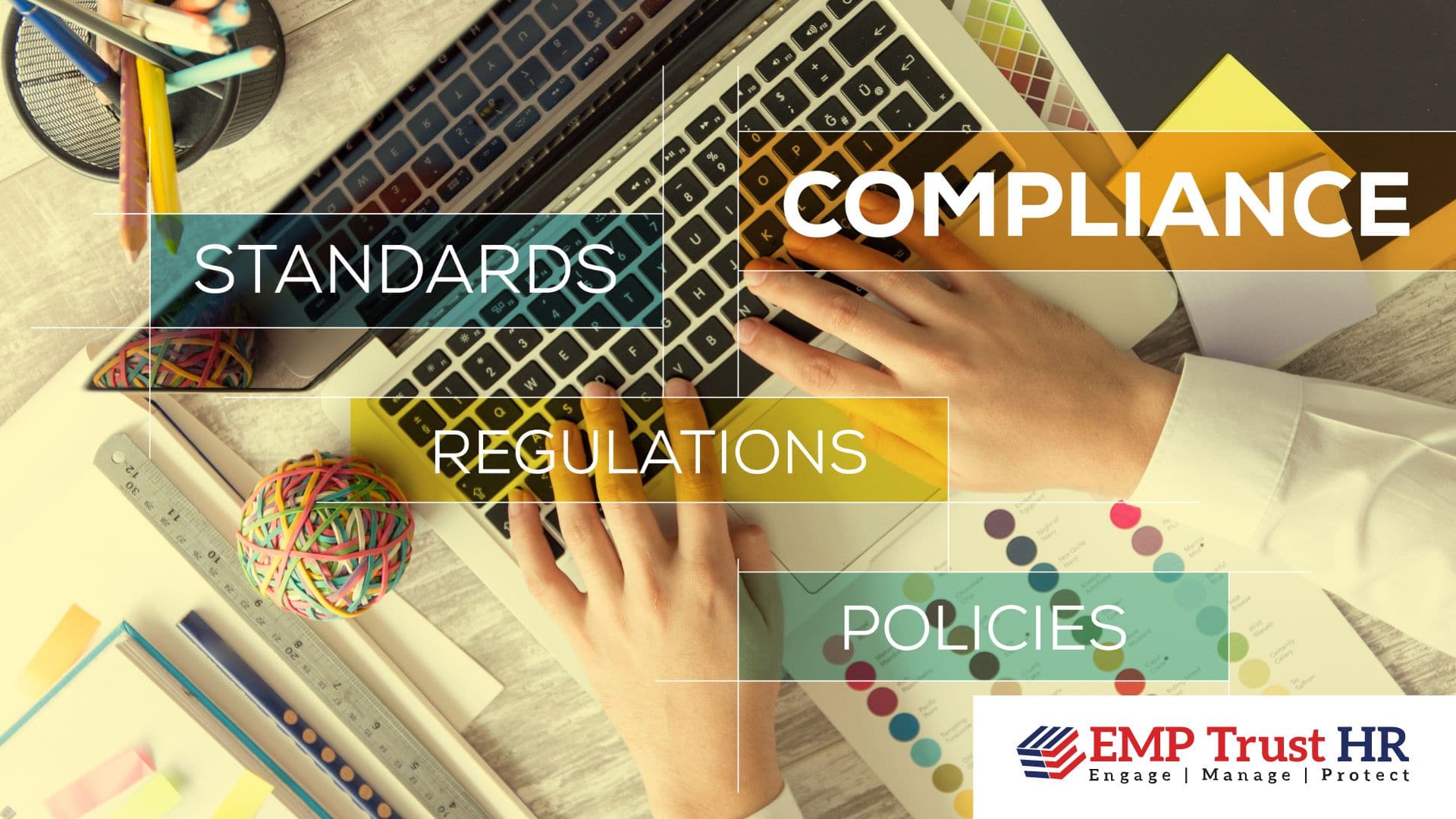Work–life balance is a concept that aims to achieve proper prioritization between work (career and ambition) and lifestyle (health, pleasure, leisure, family).
According to 2010 National Health Interview Survey Occupational Health Supplement data, 16% of U.S. workers reported difficulty balancing work and family. Imbalance was more prevalent among workers aged 30–44 (19%) compared with other age groups; non-Hispanic black workers (19%) compared with non-Hispanic white workers (16%), and Hispanic workers (15%); divorced or separated workers (19%) compared with married workers (16%), widowed workers (13%), and never married workers (15%); and workers having a bachelor’s degree and higher (18%) compared with workers having a high school diploma or G.E.D. (16%), and workers with less than a high school education (15%). Workers in agriculture, forestry, fishing, and hunting industries (9%) had a lower prevalence rate of work–family imbalance compared to all employed adults (16%). Among occupations, a higher prevalence rate of work–family imbalance was found in legal occupations (26%), whereas a lower prevalence rate was observed for workers in office and administrative support (14%) and farming, forestry, and fishing occupations (10%).
By working in an organization, employees identify, to some extent, with the organization, as part of a collective group. Organizational values, norms and interests become incorporated in the self-concept as employees increase their identification with the organization. However, employees also identify with their outside roles. Examples of these might be parental/caretaker roles, identifications with certain groups, religious affiliations, align with certain values and morals, mass media etc.
Employee interactions with the organization, through other employees, management, customers, or others, reinforces the employee identification with the organization. Simultaneously, the employee must manage their other roles well. In other words, identity is “fragmented and constructed” through a number of interactions within and outside of the organization; employees do not have just one facet to life. Most employees identify with not only the organization, but also other facets of their life (family, children, religion, etc.). Sometimes these identities align and sometimes they do not. When identities are in conflict, the sense of a healthy work–life balance may be affected and cause stress.
Work–life conflict is not gender-specific. According to the Center for American Progress, 90 percent of working mothers and 95 percent of working fathers report work–family conflict. However, because of the social norms surrounding each gender role, and how the organization views its ideal worker, men and women handle the work–life balance differently.
Technology has further blurred the boundary between work and family since employees stay connected to the business even when they are not in the office. As a result, communication technologies in the temporal and structural aspects of work have changed, defining a “new workplace” in which employees are more connected to the jobs beyond the boundaries of the traditional workday and workplace. The more this boundary is blurred, the higher work-to-life conflict is self-reported by employees.
Consequences of work–life imbalance
Steven L. Sauter, chief of the Applied Psychology and Ergonomics Branch of the National Institute for Occupational Safety and Health in Cincinnati, Ohio, states that recent studies show that “the workplace has become the single greatest source of stress”. Michael Feuerstein, professor of clinical psychology at the Uniformed Services University of the Health Sciences at Bethesda Naval Hospital declares “seeing a greater increase in work-related neuroskeletal disorders from a combination of stress and ergonomic stressors”. Seventy-five to ninety percent of physician visits are related to stress according to the American Institute of Stress.
Stress if not resolved can cause cardiovascular disease, sexual health problems, a weaker immune system and frequent headaches, stiff muscles, or backache. It can also result in poor managerial skills, irritability, instability, insecurity, exhaustion, and difficulty concentrating. Stress may also perpetuate or lead to over eating, drug abuse, smoking, and alcohol consumption.
According to a survey conducted by the National Life Insurance Company, four out of ten U.S. employees state that their jobs are “very” or “extremely” stressful. Those in high-stress jobs are three times more likely than others to suffer from stress-related medical conditions and are twice as likely to quit. The study states that women, in particular, report stress related to the conflict between work and family.
In the study, Work-Family Spillover and Daily Reports of Work and Family Stress in the Adult Labor Force, researchers found that with an increased amount of negative spillover from work to family, the likelihood of reporting stress within the family increased by 74%, and with an increased amount of negative spillover from family to work the likelihood to report stress felt at work increased by 47%.
What should Organizations do to achieve work life balance
Ensuring work-life balance across the organization will reduce employee stress and increase employee engagement, retention & loyalty. Helping employees prioritize personal lives will have a positive impact on work productivity. Organizations play a large part in how their employees achieve work–life balance. Companies have to take proactive measures in providing programs to help their employees achieve work–life balance. Employers can offer a range of different programs, such as flexible working arrangements in the form of part-time, casual and telecommuting work. More proactive employers can provide compulsory leave, sponsored vacations, mentorship programs for young parents and implement strict maximum hours that encourages employees to stop working after stipulated time. Other initiatives such as de-addiction centers, onsite dietitian to promote healthy eating habits and lifestyle changes, blood donation campaigns, charitable workplace initiatives, onsite gym are methods that employers can use. Timely exercise activates feel-good endorphins through the body. It helps uplift your mood and can put you in a meditative state of mind. Steps should also be taken by employees to unwind and switch off after working hours and spend time exploring other facets of life including faith, family and leisure. Employees should also learn to de-stress, set balanced expectations of themselves, have fun after work and not take things too seriously in the strive for perfection.
